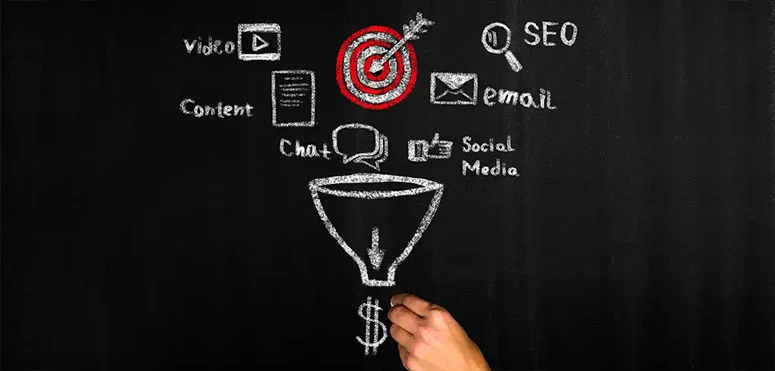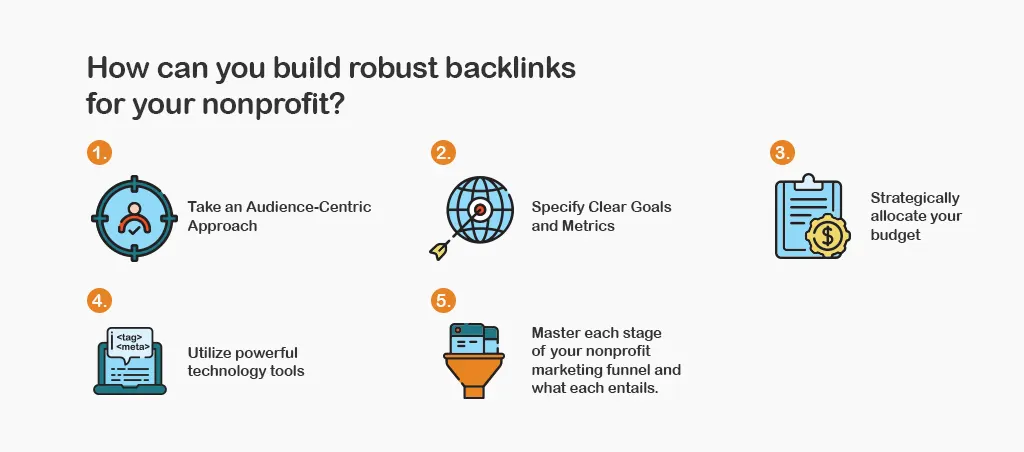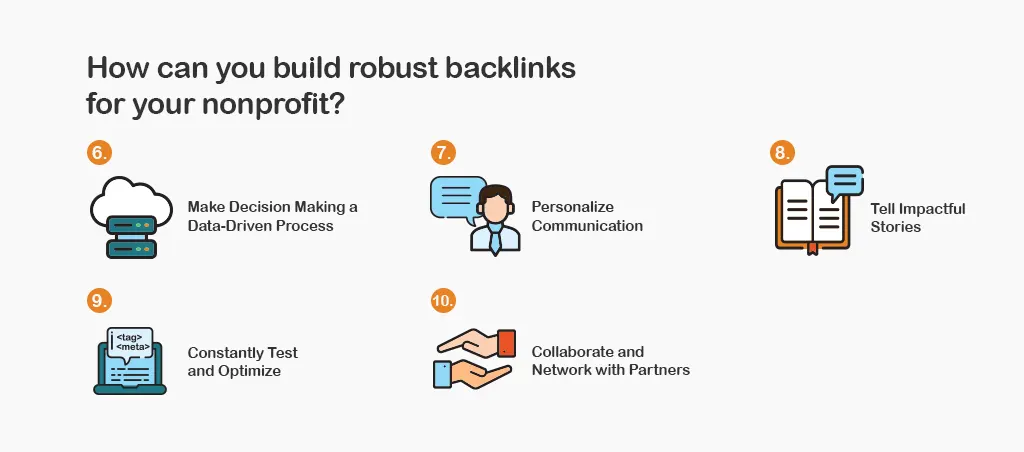
In the digital age, nonprofit organizations need effective tools to engage and convert supporters. Marketing funnels are valuable assets to achieve this goal. They represent the stages supporters go through before taking a desired action, such as making a donation, volunteering, or telling others about your cause.
Our guide below presents the many ways nonprofits can maximize their marketing funnels for optimal results and impact.


- Take an Audience-Centric Approach
Carefully understand your target audience. What motivates them? What are their interests and preferences? Knowing these details is central to creating content that resonates with your supporters. - Specify Clear Goals and Metrics
Define specific objectives for your marketing funnel. Measurable goals will keep you on track whether it’s raising funds, recruiting volunteers, or raising awareness. - Strategically allocate your budget
Wisely apportion your budget so that marketing efforts align with your goals. Consider investments in advertising, content creation, or marketing technology. - Utilize powerful technology tools
Invest in the necessary marketing and analytics tools to track and optimize funnel performance. See to it that your website and digital infrastructure fully support your marketing strategy. - Master each stage of your nonprofit marketing funnel and what each entails.
- Awareness Stage:
Create compelling and informative content to draw potential supporters into your funnel. Utilize social media, SEO, and content marketing to reach a broader audience. Consider running ad campaigns on platforms like Google AdWords and Facebook. - Interest Stage:
Develop content that aligns with the interests of your audience. Encourage engagement through webinars, newsletters, and other valuable resources. Collect email addresses for ongoing communication. - Consideration Stage:
Provide comprehensive content including case studies and success stories. Segment your email list and deliver targeted messages based on supporter preferences. Don’t forget to highlight the impact of your nonprofit’s work. - Conversion Stage:
Create persuasive donation letters and compelling volunteer sign-up pages on your website. Employ A/B testing to optimize conversion rates. Display trust seals on your website to emphasize your nonprofit’s transparency. - Retention Stage:
Consistently communicate with existing supporters through newsletters and updates. Remember to appreciation their contributions and involvement to encourage repeat donations or continuous support.
- Awareness Stage:
- Make Decision Making a Data-Driven Process
Using your digital analytics tools, examine the data collected at each funnel stage to make informed decisions. Regularly monitor your KPIs and adapt your strategies accordingly. - Personalize Communication
Create customized messages and content to match individual supporter preferences. Segment and automate sending of personalized communications. - Tell Impactful Stories
Showcase the impact of your nonprofit’s work through compelling stories that emotionally connect with your supporters. - Constantly Test and Optimize
Always run A/B tests to improve conversion rates and overall funnel performance. Don’t settle with current wins. Instead, always strive for better results. - Collaborate and Network with Partners
Team up with businesses, influencers, and other nonprofits to expand your reach. Harness the power of community solidarity and collective impact.
Finally, think of marketing funnels as your nonprofit’s secret weapon for engaging, converting, and retaining supporters. Maintaining a strategic and data-driven approach enables nonprofits to maximize the potential of marketing funnels. This results in furthering your mission and the causes that you champion.

